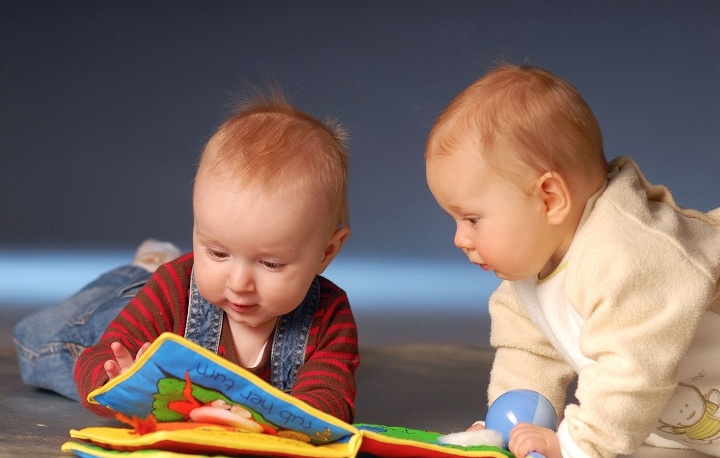
This period is a very important period in which the building blocks of the social relationship in which the baby's bond with the mother develops and the mental abilities of the baby develop rapidly.
Within the first two years of age, the emotions that the baby feels and reflects to the environment develop, so what do babies do when they are uncomfortable before the second and third month? They express it in a crying and whining way. In relaxed situations, they show interest, respond and smile. This way, the parents can guess that the baby was born in the condition.
From the third month, the baby starts to focus better and communicate. At this time, the social smile emerges. That is, when the baby smiles, the baby responds with a smile. If we remove a stimulant that the baby likes, this time you will start to see clearly that he/she is clearly upset, so we can better understand the baby's feelings during this period. Between the ages of seven and nine months, babies can show their basic emotions such as sadness, happiness, anger, fear, surprise.
Babies aged one to two are starting to recognize themselves in mirrors and photos and show more complex emotions such as embarrassment and jealousy. Babies often use cues from their mothers and fathers to control their emotions, and their mother's behavior. If the mother is calm, the baby will remain calm. If the mother knows what to do and is in control of the situation, the baby feels safe. What do babies do before they do something, like before they buy something? he usually looks at his mother, and this allows the baby to regulate his behavior according to the cue from the mother. The child looks at the mother's attitude, she gets information about doing or not doing this, and collects information from there. In this way, babies learn to control their behavior. The baby also uses other ways to control his emotions. For example, these are the most important thing to pay attention to. Emotion control develops better in babies who focus better on the things they like, which diverts attention away from the things they don't like. Attachment is a special form of relationship between mother and baby. How do babies who show a trusting connection understand this? When they enter a foreign environment, they start to look around in a short time. When their mother leaves with them, they realize this and protest this. After a short time, the child starts to look around again. Now, what is required for this secure attachment is the mother's sensitivity and acceptance of her baby, It is necessary to be physically and emotionally accessible to the baby side. When these happen, the baby is securely attached to the mother. The mother simply provides the physical and psychological support that the baby needs in stressful times for the baby, such as when the baby soils his diaper, when he is hungry, when the limit is set, when he is afraid. Then there is a secure connection. The mother closely monitors the emotional and physical state of the baby. In other words, he is in an emotional harmony. For example, when the child smiles, he smiles at him. When the child is in distress, he takes it in his arms, touches it, and sings. It relaxes him. In this way, the baby feels safe. What do babies who feel safe develop over time? He keeps that image in the imaginary mind of his secure image that takes care of him well and supports him even when the mother is not present. In this way, she learns to control her own emotional behavior as if she was the first mother when she is not a mother, and anticipates that other people will show a positive approach to her like her mother. And she increases in self-confidence. Because she sees that she is a loved one. When this happens, she looks at herself, the world and relationships positively. develops as a baby who has developed what we call basic trust. One-third of babies are not securely attached. For example, in babies with shy attachment, when the mother leaves, the baby shows less reaction. When her mother returns, she doesn't care much. She continues to do what she is doing, and we see that babies are mothers whose mothers generally did not show consistent attention to their children and at times did not meet the baby's needs.
Some mothers are unaware of the attachment and the mother's behavior here. So it's not because there's actually negative malicious intent here, but some don't know how important it is. Now therefore the baby is not sure how much the mother can trust. She doesn't know what to do there because she is not sure. Others have an anxious attachment. When there is an anxious attachment, the child does not know whether he will return when his mother is gone, and he overreacts. In general, we see that the mother herself is inadequate and somehow does not know how her behavior towards the child will result. In a way, they want to escape from that child's negative feelings themselves.
In a third type of insecure attachment, the child shows a chaotic structure. The mother both approaches, hits him from one side, and cries excessively when he leaves from the other side. When he comes, he cannot console him, we see that there is a situation like a mixture of the two.